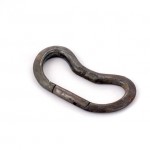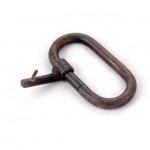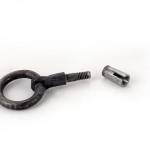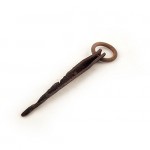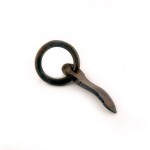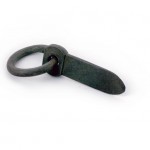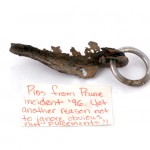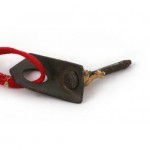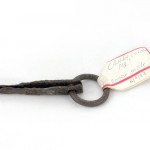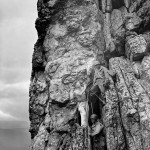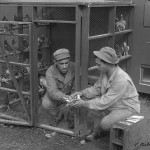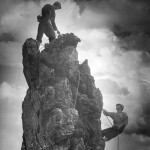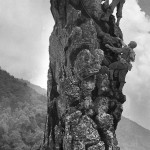World War II had a profound effect on Seneca Rocks. Between the draft, a six-day work week and gas rationing, few had the time or resources to climb, let alone make the long trek to West Virginia. Climbers during this era, such as Herb and Jan Conn, favored smaller local cliffs such as D.C.’s Carderock, which was accessible by public transportation.
The majority of the rock climbing in Seneca in the early 1940s was done by the United States army’s Mountain Training Group (MTG). From 1943 to 1944 the MTG set up an assault training school which taught US soldiers alpine combat techniques. This included aid climbing, silent signals, low-visibility climbing and how to muffle a piton hammer. For further reading, check out this article by Robert Whetsell, published in Goldenseal magazine.
Though it’s likely that these soldiers put up many of the first ascents at Seneca, the routes were not claimed and most were done on aid. The legacy of the division’s routes, though, can still be seen in the thousands of soft steel pitons that pepper Seneca’s rock faces.
Despite the limited resources during World War II, technological advancements during these years led to development of more reliable and available gear. The development of nylon rope provided climbers with a stronger, more dynamic life line, making falls a less risky proposition.
After the war, access to better gear and more leisure time allowed climbers to continue route development. Carabiners could be obtained from army surplus stores and pitons were scavenged from those left behind by the army.
While most of the ascents during these years were Seneca’s least challenging, these climbers faced the difficult task of figuring out how to reach the summit with little instruction or resources. The self-taught climbers employed a wide range of methods. Aid climbing tactics such as prussiking, setting up top ropes on rappel, pulling on gear, penduluming and lassoing features from the ground were all fair practices.
Many of the pioneering Seneca climbers were members of either Washington D.C.’s Potomac Appalachian Trail Club Mountaineering Section (PATC-MS) or the Pittsburgh Explorers. These organizations helped to create a network of climbers who could learn from each other and begin to developed standard climbing practices. The Pittsburgh Explorers are credited with creating the first guidebook, the contents of which were a simple list of routes to the summit.


